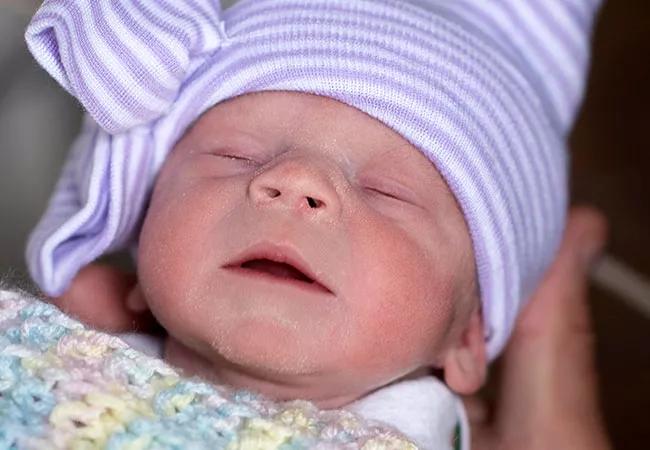healthmyths
Platinum Member
- Sep 19, 2011
- 29,727
- 11,123
- 900
CORRECTION on the type of abortion replacement, i.e. using an existing fetus....
Finally, not long ago, it was suggested -and some experiments made-that the oocytes be removed from aborted fetuses for use in fertilization, thus adding to the unacceptability of heterologous fertilization the macabre prospect of a genetic mother who was never born.

 www.ewtn.com
www.ewtn.com
So why not work together to help women that can't have the baby either due to health or financial or simply don't want to have the baby have the fetus transferred for now to women that will be paid to birth the baby?
Solution is good for all parties. Plus there is a major problem brewing!!!

 fivethirtyeight.com
fivethirtyeight.com
So why don't both sides of the issue work to allow women who don't or can't give birth that are pregnant be able to fix the
very necessary “replacement-level fertility” issue at the same time?
Finally, not long ago, it was suggested -and some experiments made-that the oocytes be removed from aborted fetuses for use in fertilization, thus adding to the unacceptability of heterologous fertilization the macabre prospect of a genetic mother who was never born.

Fetal Tissue Transplants and Abortion | EWTN
EWTN is a global, Catholic Television, Catholic Radio, and Catholic News Network that provides catholic programming and news coverage from around the world.
So why not work together to help women that can't have the baby either due to health or financial or simply don't want to have the baby have the fetus transferred for now to women that will be paid to birth the baby?
Solution is good for all parties. Plus there is a major problem brewing!!!
Population replacement-level threatened!
How Low Can America’s Birth Rate Go Before It’s A Problem?
The U.S. fertility rate hit a record low in 2020 — just as it did in 2019, and 2018. Although the COVID-19 pandemic seems to have accelerated this decline, the drop has been underway for years. The total fertility rate — the average number of children a woman is expected to have over her lifetime — now sits at 1.64 children per woman in the U.S. Not only is this the lowest rate recorded since the government began tracking these stats in the 1930s, but it’s well below the so-called “replacement-level fertility” of about 2.1.
How Low Can America’s Birth Rate Go Before It’s A Problem?
The U.S. fertility rate hit a record low in 2020 — just as it did in 2019, and 2018. Although the COVID-19 pandemic seems to have accelerated this decline, the …
So why don't both sides of the issue work to allow women who don't or can't give birth that are pregnant be able to fix the
very necessary “replacement-level fertility” issue at the same time?
Last edited:
